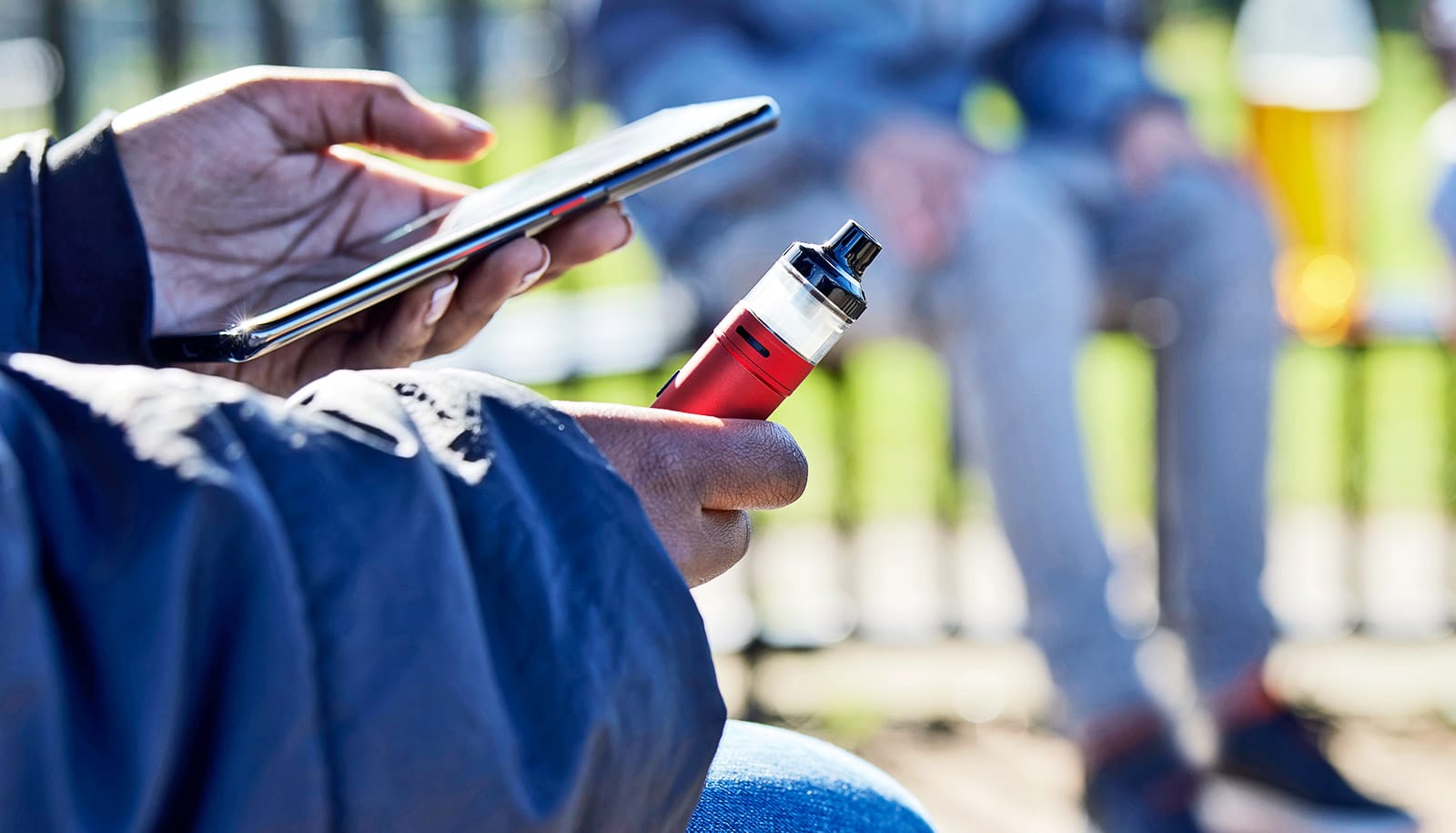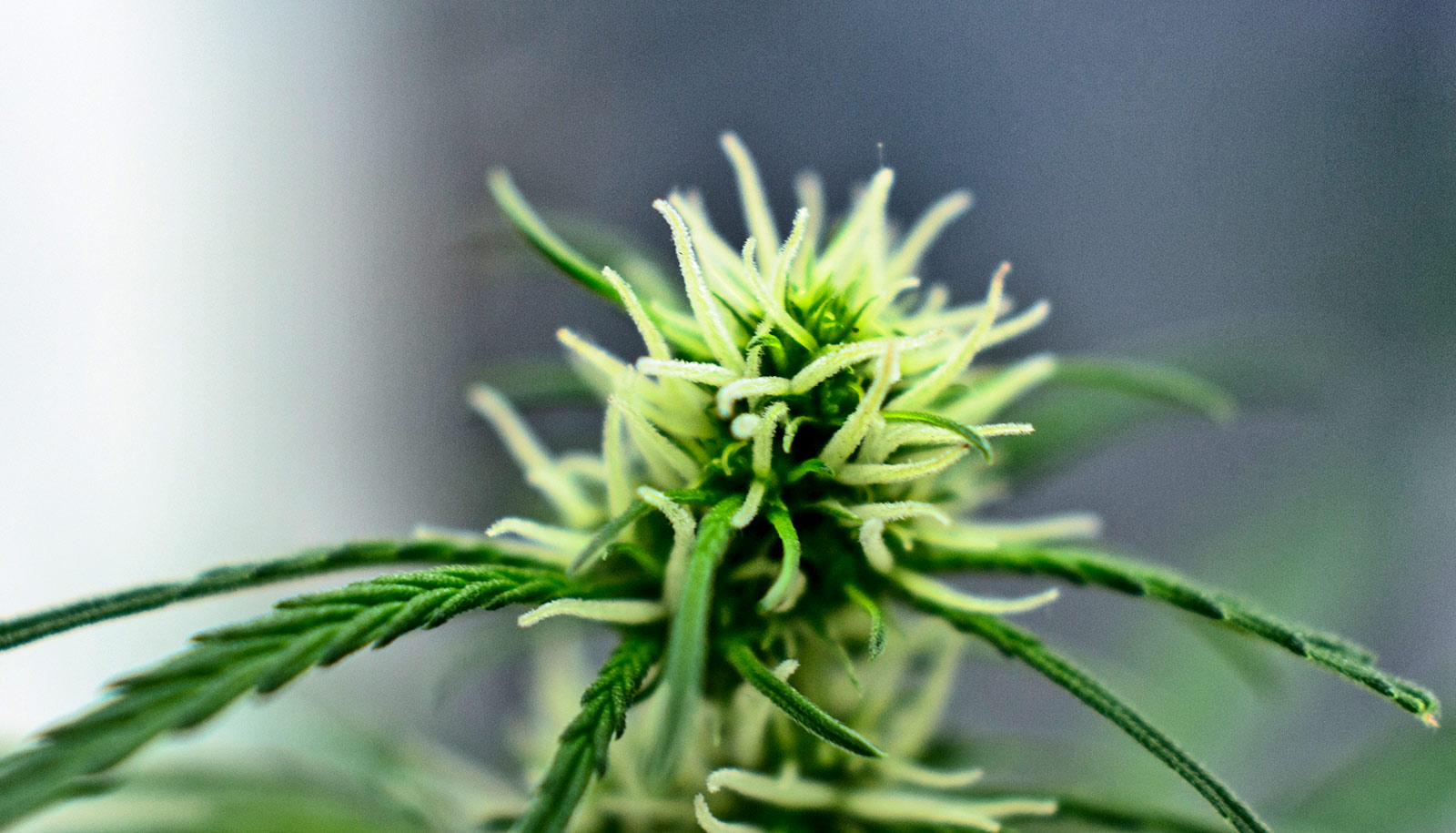Synthetic cannabinoids, dangerous designer drugs known by such street names as K2, spice, or AK-47, appear to have less appeal in states that have legalized the natural form of cannabis.
A new study found a 37% drop in poisoning reports for illicit synthetic cannabinoids, which are hard to detect using standard drug tests, in states with legal recreational or “adult use” cannabis compared to states with restrictive policies.
“This study shows some potential public health benefits to the legalization and regulation of adult use of cannabis,” says lead author Tracy Klein, an associate professor of nursing at Washington State University.
“Based on both past research and this current study, it’s evident that users who have a choice to use a less toxic product would potentially do so.”
Synthetic cannabinoids are not actually cannabis. They are so named because they work on the same cannabinoid receptors in the brain as the psychoactive component in the cannabis plant, tetrahydrocannabinol or THC.
Yet the illicit synthetics bind with those receptors up to 100 times more strongly and lack any of the mediating constituents of whole plant cannabis such as cannabidiol or CBD. As a result, synthetic cannabinoids have a high toxicity and can lead to severe impairment, even death.
For this study, which appears in the Journal of Clinical Toxicology, researchers analyzed data from the National Poison Data System from 2016 to 2019, before the onset of the pandemic.
They looked only at states that had relatively stable policies during those years, placing them in one of three categories: permissive like Washington state, allowing both medical and recreational adult use of cannabis, medical like Hawaii, permitting cannabis only for medical use, or restrictive like Idaho, prohibiting nearly all cannabis use.
In this sample, there were 7,600 calls to poisoning reports related to synthetic cannabinoid use, about 65% of which required medical attention. There were also 61 deaths. The researchers found that synthetic-related poisoning reports went down overall during this time period, but there were 13% fewer in medical states and a much more significant drop off of 37% in permissive states.
An earlier study in JAMA Open found that poison control calls related to natural cannabis use also increased from 2017 to 2019 across the US but were driven mainly by manufactured products, such as plant-based vaping materials and edibles, which can contain high levels of THC. In contrast, poison control calls for whole plant cannabis declined during the same time period.
While some synthetic cannabinoids have been made for medical use, namely dronabinol and nabilone used primarily to treat nausea associated with cancer treatment, the illicit versions are illegal in all states and have no medical purpose. Enforcement can be difficult because makers change their formulas frequently. They are also usually undetected in standard urine drug tests—which may be one reason people in restrictive states use them.
Future research is needed to better understand the use of these drugs and the differences among them, Klein says.
She points out that the study’s data set does not contain the rising popularity of synthetically derived Delta-8, marketed as a less strong form of Delta-9, which is the psychoactive cannabinoid found in naturally produced plant products.
“We know that there are many cannabinoids being developed and on the market—and the regulators are struggling to catch up,” says Klein, who is also the assistant director of the university’s Center for Cannabis Policy, Research and Outreach.
The current study likely underestimates the use of these drugs, the authors note, because the drugs are difficult to detect.
“You can’t easily test for illicit cannabinoids. A lot of times, we only find out if a patient has been using them because they’re hospitalized or because they’re dead,” says Klein.
Additional coauthors of the study are from the Multnomah County Health Department and Oregon Healthy Authority, the WSU College of Nursing, and the University of Arkansas College of Medicine.
Source: Washington State University



